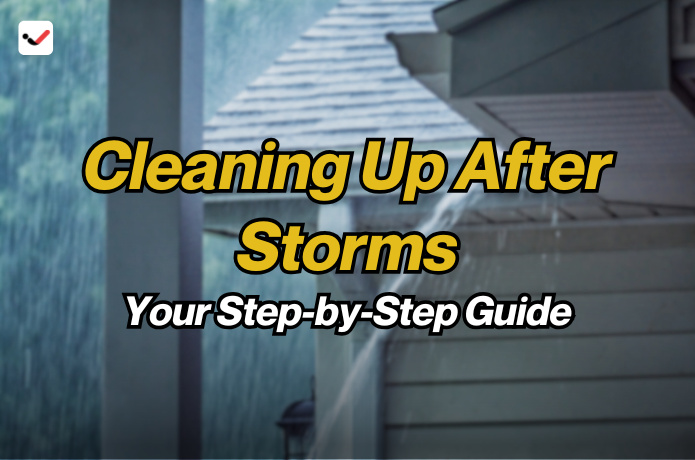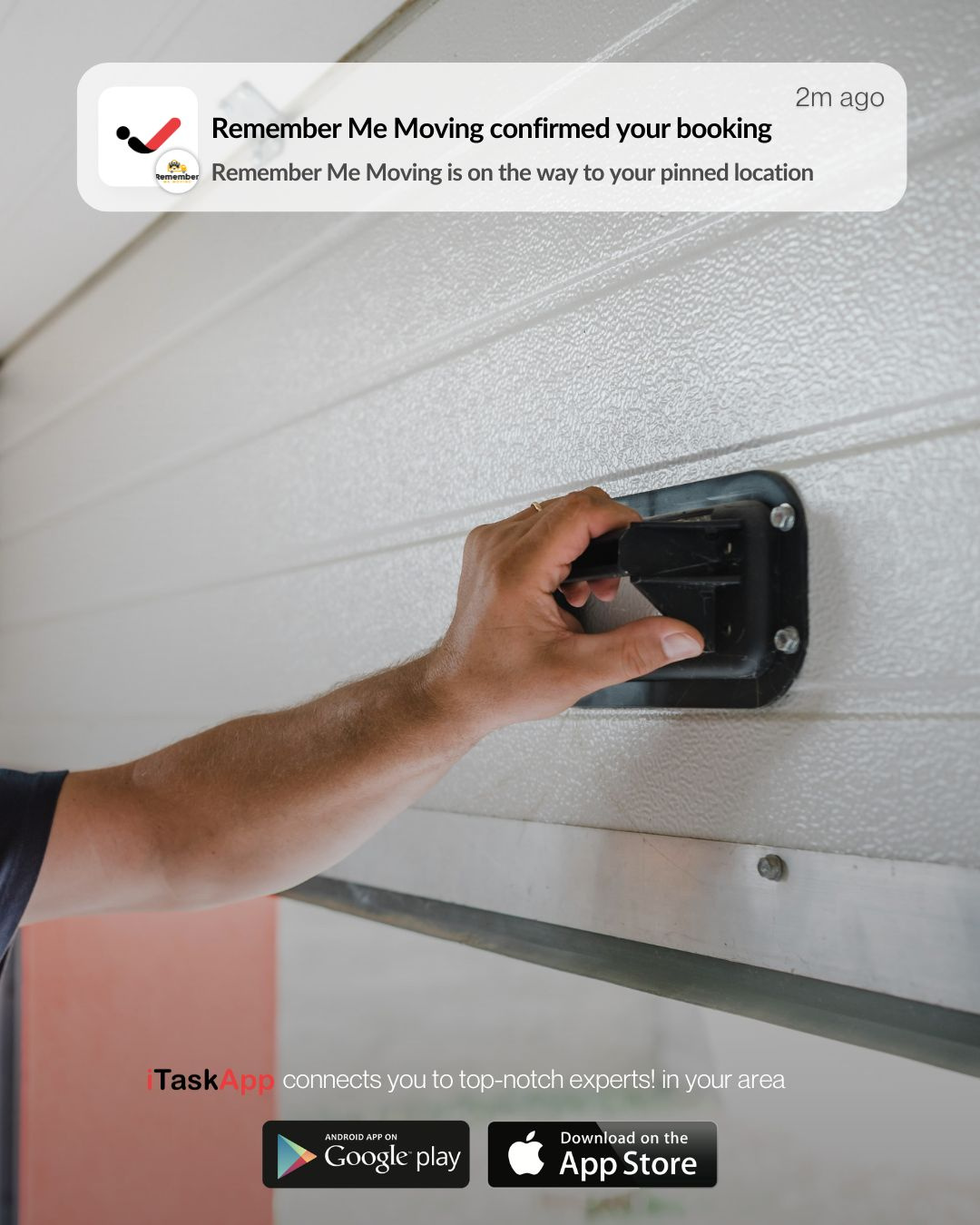Cleaning Up After Storms: Your Step-by-Step Guide
Cleaning Up After Storms: Your Step-by-Step Guide

Storms can leave behind serious damage—fallen trees, broken windows, flooded rooms, and debris scattered everywhere. Whether it’s a hurricane, strong winds, or heavy rain, the mess can feel overwhelming. But with the right approach, cleaning up after a storm doesn’t have to be chaotic or dangerous.
This guide will walk you through every step to safely and effectively clean up your home and yard after a storm. From checking for hidden hazards to clearing debris and repairing storm damage, we’ll help you get your property back to normal as quickly as possible. Safety, speed, and smart decisions are the priorities here.
1. Stay Safe Before Starting
Before you begin storm cleanup, make sure it's safe to go outside. Downed power lines, gas leaks, and standing water can all be dangerous. If you smell gas or see electrical hazards, call emergency services immediately. Never touch wires or cables, even if they look inactive.
Wear protective gear like gloves, boots, and safety glasses. Floodwater can contain sharp objects, bacteria, or even snakes. Keep children and pets away from flooded or damaged areas until everything is safe and secure.
2. Document the Damage for Insurance
Before removing anything, take clear photos or videos of the damage. This step is important for your homeowners insurance claim. Capture damaged furniture, appliances, roof shingles, water-stained walls, and anything else affected by the storm.
Keep track of all the repairs and purchases you make. Save receipts and log the hours you spend cleaning or fixing things. Insurance companies will want this information to process your claim.
3. Remove Debris from Around Your Home
Start outside. Pick up broken branches, loose shingles, and any other storm debris. Be cautious of nails, glass, and metal. Use heavy-duty garbage bags or a rented dumpster if there's a lot to remove.
If trees are leaning on your house or large limbs have fallen, call a professional tree removal service. Do not attempt to use a chainsaw unless you're trained and wearing the right gear.
4. Inspect Your Home for Structural Damage
Check your roof, windows, siding, and foundation for cracks or holes. Look for water spots on ceilings or walls—these may point to leaks. If water entered your attic or crawl space, inspect those areas for mold and wood rot.
Use a flashlight to check basements or darker spaces. If you're not sure about the safety of a structure, contact a contractor for an inspection. Small cracks can turn into big problems if ignored.
5. Clear Gutters and Drains
Storms often fill gutters and drains with leaves and debris. Blocked gutters can cause water to back up into your roof or walls. Clean them out as soon as possible using gloves and a small scoop or garden trowel.
Check that your downspouts are pointed away from the house and that water flows away from your foundation. Good drainage prevents future flooding and keeps your home dry.
6. Dry Out Wet Areas Quickly
Flooded rooms or damp materials should be dried out fast to prevent mold. Open windows and doors to let in fresh air. Use fans, dehumidifiers, and wet/dry vacuums to speed up drying.
Remove wet carpets, rugs, and furniture if they can’t be dried within 48 hours. Mold can grow quickly on damp surfaces. Wash hard surfaces with soap and water, then disinfect with a bleach solution if needed.
7. Check Electrical and Plumbing Systems
Storms can damage wiring, outlets, and pipes. If water entered your home, do not turn the power back on until an electrician says it’s safe. Look for signs of damage like burn marks, broken outlets, or strange smells.
Test your plumbing by running water and flushing toilets. If drains are slow or you notice a smell, there might be a blockage. Contact a licensed plumber if you find any problems or suspect damage.
8. Fix Roof Leaks and Broken Windows
A leaky roof can lead to bigger problems if left alone. Cover holes with tarps as a temporary fix, and schedule repairs as soon as you can. Broken windows should be sealed or boarded up until they can be replaced.
Use caulk or waterproof tape for small cracks around windows and doors. These quick fixes help keep moisture and pests out while you wait for full repairs.
9. Disinfect Surfaces and Prevent Mold
Stormwater often carries dirt and bacteria. Clean all surfaces that came in contact with floodwater, especially kitchens and bathrooms. Use a mix of water and bleach (1 cup bleach to 1 gallon of water) to kill germs and mold spores.
Throw away porous items like mattresses, pillows, and upholstered furniture if they were soaked. These materials are hard to disinfect and can hold moisture deep inside.
10. Restock Emergency Supplies
After cleanup, take time to check your emergency kit. Replace used items like flashlights, batteries, and first aid supplies. Keep bottled water, non-perishable food, and important documents in a safe, dry place.
Make a list of things you needed during the storm but didn’t have. This will help you prepare better next time.
11. Plan for Future Storms
Use this experience to prepare for the next one. Trim trees near your home, secure loose items in the yard, and consider installing storm shutters. Upgrade your drainage system or sump pump if you had flooding.
Talk to your insurance agent about your current coverage. Make sure you understand your policy and know what’s covered before the next big storm hits.
Cleaning up after a storm is a tough job, but a step-by-step plan makes it more manageable. Focus on safety first, then move quickly to limit further damage. Taking photos, removing debris, drying out wet spaces, and repairing damage are all key steps in storm recovery.
With care, speed, and the right tools, you can restore your home and protect it better for the future. Stay calm, stay focused, and take it one task at a time.

